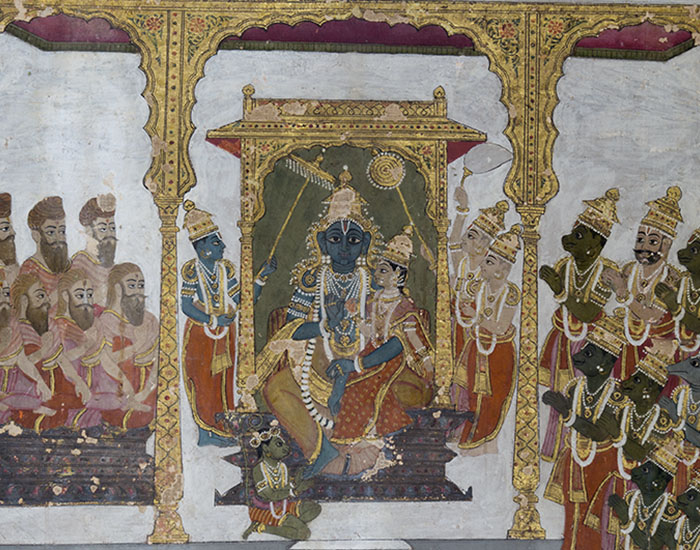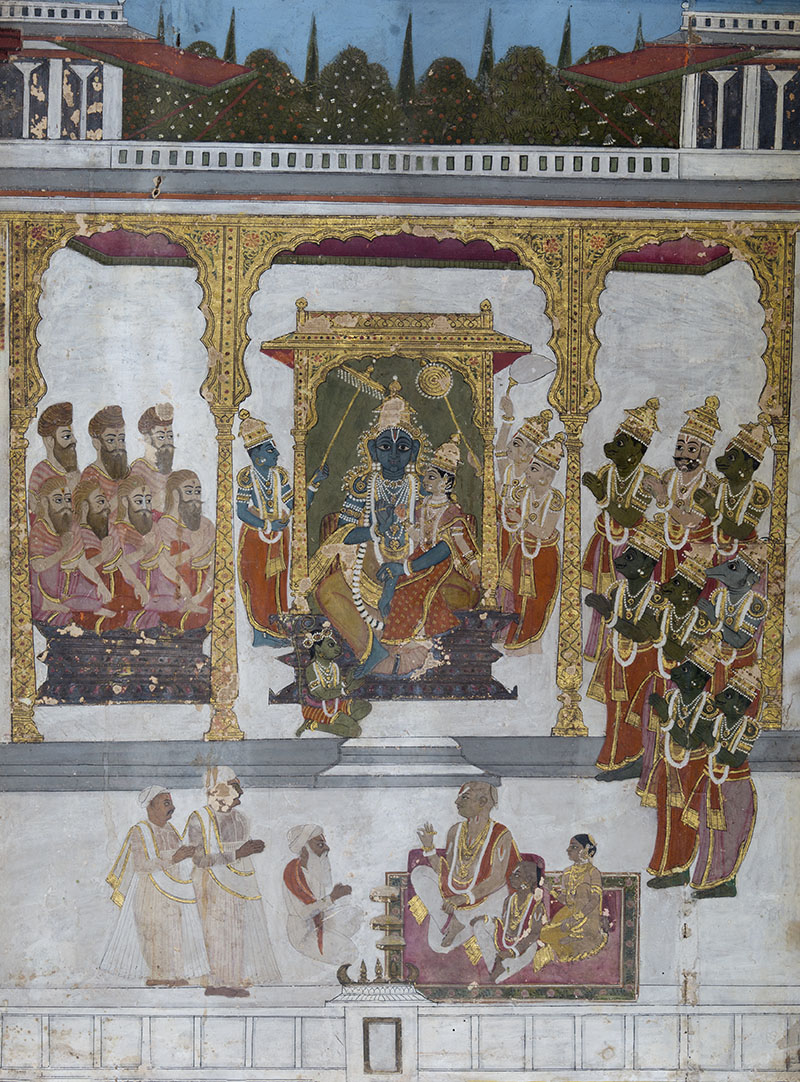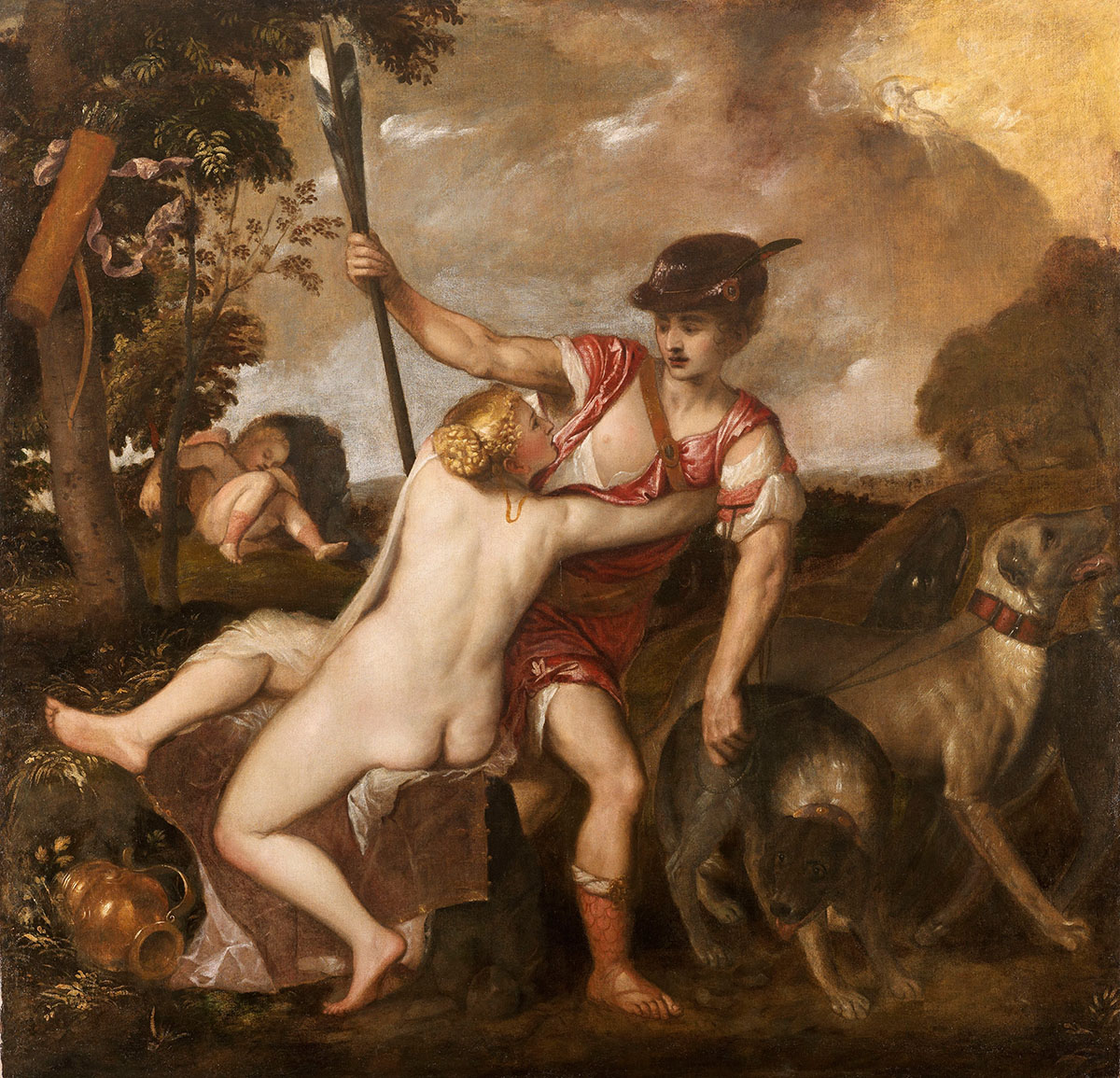
A preparatory step in painting or decoration, Gesso painting formed an important component of Renaissance painting and ornamental art. It is named, after the Italian word for “gypsum,” as the latter was originally the key ingredient of the preparation, along with a binder such as animal glue. Gesso preparations containing calcium carbonate minerals such as chalk are hard, like those used in northern Europe, and those containing gypsum or other calcium phosphate compounds are typically soft, such as those used in Italian Renaissance paintings. Its primary use was as a paint primer on surfaces such as wood and canvas, to enable them to better receive and bind subsequently applied paint. In contemporary paint applications, Gesso is often mixed with acrylic resin and dispersed in water. This medium, referred to as acrylic gesso, is recoloured through the addition of acrylic paint to the originally off-white medium.
Traditional gesso preparations, known as gesso grosso, made with hide glue and burnt gypsum are coarse and used either as a base layer for tempera on wood or as a medium for decorative plasterwork. The base coat would then be covered with several coats of the softer and smoother gesso sottile, prepared with parchment glue, to complete the priming of the surface before painting. The recipe was modified, depending on the application and effect desired, for example by adding a white pigment to increase brilliance.
The method has a long history from at least as early as the tenth century BCE, with the evidence of its use found in Egyptian tombs and on various tomb artifacts. In fifteenth- and sixteenth-century Europe, it came to be used in the decorative arts, such as gilding and mirror-frame making, in. Because of its similarity to stucco, it has also been used in architectural surface ornamentations, such as in friezes, capitals and caskets. In India, it is used for rendering embellishments such as jewellery, attire and other decorative elements in Tanjore and Mysore schools of painting. Other forms of Gesso painting are considered to be the seventeenth-century Surpur painting from Karnataka and Usta Kaam or camel-skin painting from Rajasthan.
First Published: April 21, 2022
Last Updated: July 26, 2023



